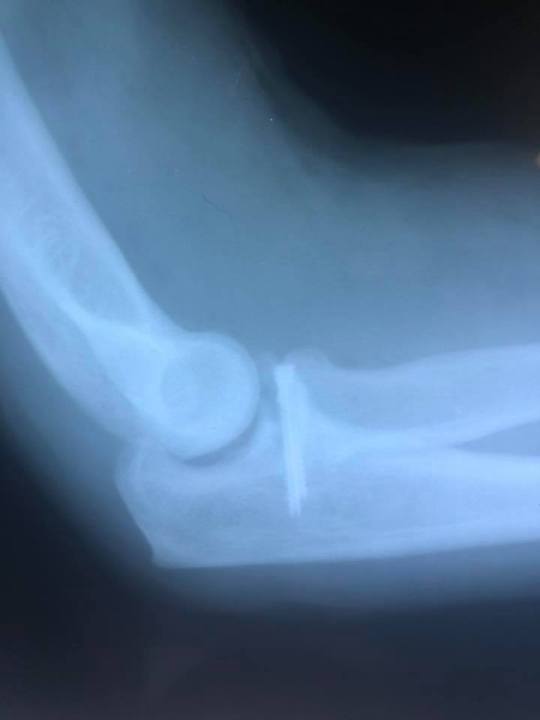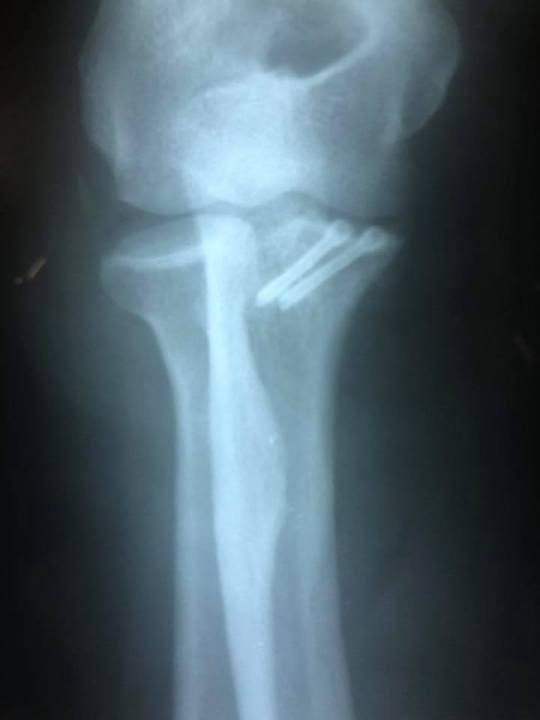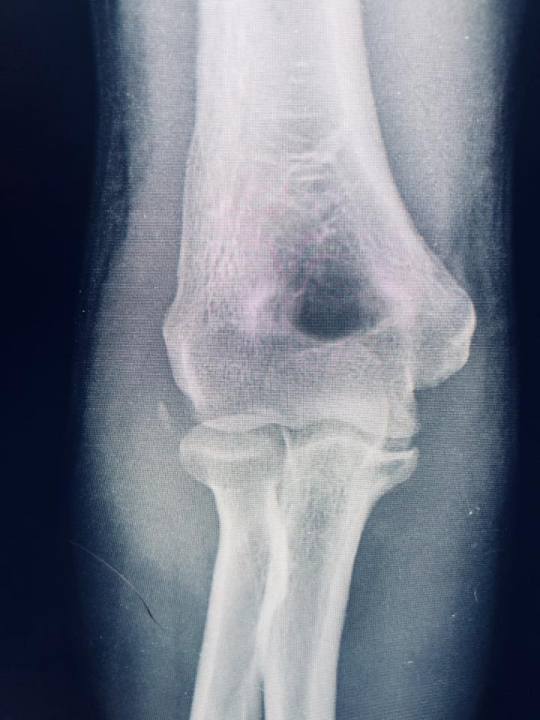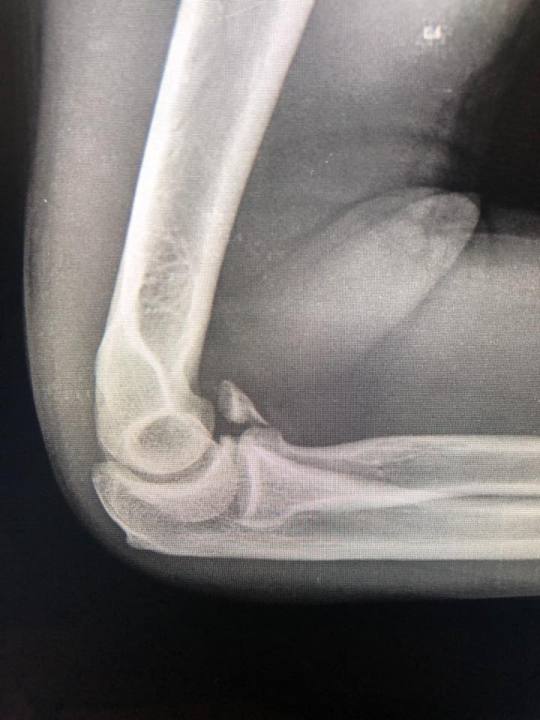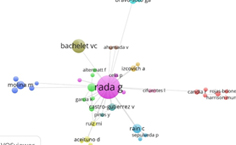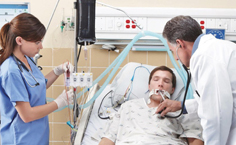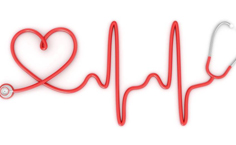Paracetamol: actualización en su mecanismo de acción
Paracetamol: Update on its Analgesic Mechanism of Action
Christophe Mallet, Alain Eschalier and Laurence Daulhac
Pain Relief - From Analgesics to Alternative Therapies 2017
Abstract
Paracetamol is the most widely used over-the-counter medication in the world. The mechanism of action of its analgesic effect was often considered as based on the mobilization of the cyclooxygenases and more recently on serotonergic pathways. A new metabolic pathway involving the generation of an active metabolite, AM404 (N-(4- Hydroxyphenyl)-5Z,8Z,11Z,14Z-eicosatetraenamide), in the brain by the fatty acid amide hydrolase (FAAH) enzyme, was recently identified. This chapter describes experimental data that have shown the involvement of this metabolic pathway in the analgesic action of paracetamol and its relationship with the cyclooxygenase and serotonergic systems. It also explains how new targets and systems, such as the cannabinoid and vanilloid systems and the calcium channel receptor Cav3.2, play a role in the action of paracetamol. Finally, it suggests how research on the mechanism of the clinically relevant effects of this long-established analgesic could lead to new therapeutic pain strategies. Keywords: paracetamol, para-aminophenol, AM404, pain, FAAH, CB1 , TRPV1, Cav3.2, serotonin
| 